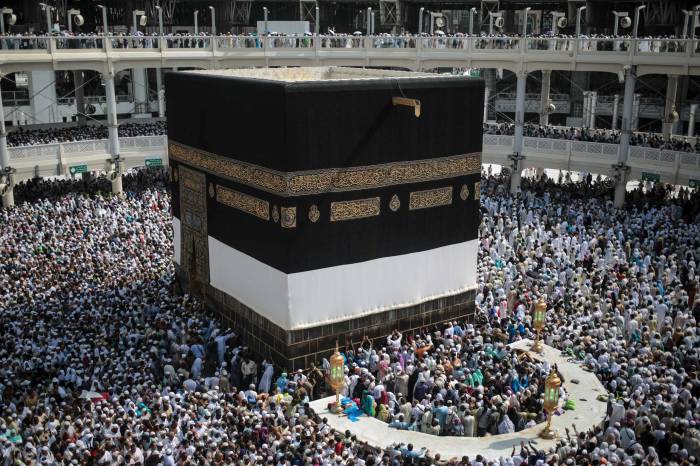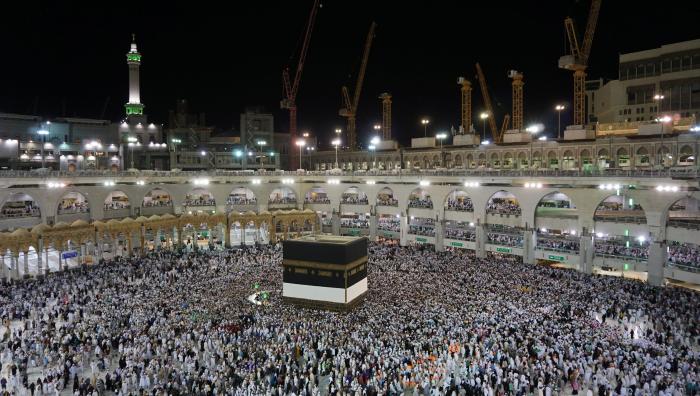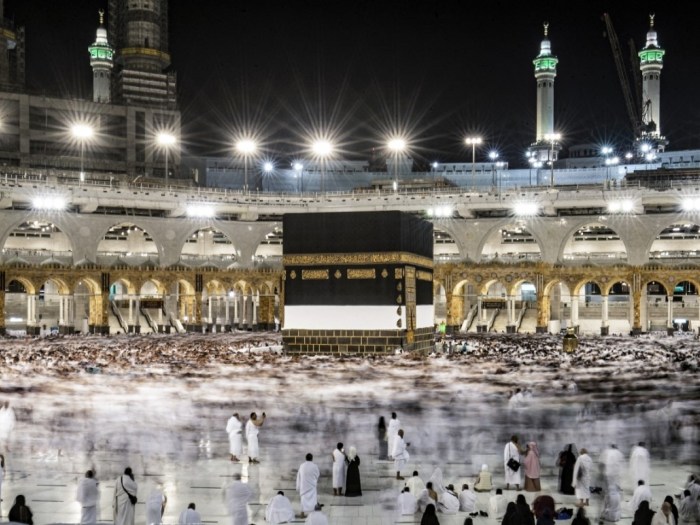How would Muslims make the hajj in the 1700s? This question opens a portal to a fascinating era, where Muslims from far and wide embarked on an arduous and spiritually transformative journey to Makkah. Join us as we delve into the intricacies of their preparations, the challenges they faced, and the profound rituals they performed during the Hajj, an experience that shaped their lives and left an indelible mark on Islamic history.
Pre-Hajj Preparations
Muslims embarking on the Hajj in the 1700s undertook rigorous preparations to ensure a spiritually and physically fulfilling journey. Spiritually, they sought guidance from religious scholars and elders, seeking advice and blessings. Financially, they accumulated savings and planned their expenses carefully, as the journey required significant resources.
Physically, they engaged in rigorous training to endure the arduous journey and the demanding rituals in Makkah. Additionally, obtaining permission from authorities and declaring their intention to perform Hajj (Ihram) were essential steps before setting out.
The Journey to Makkah

The journey to Makkah in the 1700s was an arduous undertaking, spanning thousands of miles and often taking several months. Pilgrims traveled by land or sea, using various modes of transportation, including caravans, ships, and camels. The routes taken varied depending on the pilgrim’s origin, but all converged on Makkah.
The journey was fraught with challenges, including extreme weather conditions, treacherous terrain, and political unrest. The duration of the journey depended on the distance traveled and the mode of transportation, but it could easily take several months or even years.
Rituals and Observances in Makkah

Upon arriving in Makkah, pilgrims engaged in a series of sacred rituals that constituted the core of the Hajj experience. These included Tawaf, the circumambulation of the Kaaba; Sa’i, the running between Safa and Marwa; and the Day of Sacrifice.
Each ritual carried deep spiritual significance and symbolism, contributing to the pilgrim’s journey of purification and devotion.
Post-Hajj Observances
After completing the Hajj rituals in Makkah, pilgrims typically visited other holy sites in the region, such as Madinah and Jerusalem. These visits were seen as an extension of the Hajj experience, allowing pilgrims to seek blessings and further their spiritual growth.
The Hajj experience had a profound and lasting impact on pilgrims, instilling a sense of spiritual renewal and a commitment to live a righteous life.
Challenges and Hazards of the Hajj in the 1700s

Pilgrims faced numerous challenges and hazards during the Hajj in the 1700s. Health risks were a major concern, as pilgrims were exposed to unfamiliar diseases and harsh conditions. Political unrest and conflicts could also pose a threat to pilgrims’ safety.
Additionally, natural disasters, such as storms and epidemics, could disrupt the journey or even endanger lives. To mitigate these risks, pilgrims often traveled in groups for safety and sought guidance from experienced travelers.
Social and Cultural Aspects of the Hajj

The Hajj in the 1700s was not only a religious pilgrimage but also a significant social and cultural event. It brought together Muslims from diverse backgrounds, fostering a sense of unity and brotherhood. Pilgrims exchanged knowledge and practices, contributing to the spread of Islamic teachings and traditions.
The Hajj also played a role in promoting trade and cultural exchange between different regions of the Muslim world.
FAQ Resource: How Would Muslims Make The Hajj In The 1700s
What were the major challenges faced by Muslims during the Hajj in the 1700s?
Muslims faced numerous challenges during the Hajj in the 1700s, including harsh weather conditions, political unrest, and health risks. The journey was often long and arduous, and pilgrims had to navigate treacherous terrain and unpredictable weather patterns. Additionally, political instability in the region could lead to violence and disruption.
How did Muslims prepare for the Hajj in the 1700s?
Before embarking on the Hajj, Muslims undertook a series of spiritual, financial, and physical preparations. They sought permission from authorities, declared their intention to perform Hajj (Ihram), and made arrangements for their journey. They also engaged in spiritual practices to purify their hearts and minds.
What were the key rituals performed during the Hajj in the 1700s?
The Hajj involved a series of sacred rituals, including Tawaf (circumambulation of the Kaaba), Sa’i (running between Safa and Marwa), and the Day of Sacrifice. These rituals were performed to commemorate the journey of Prophet Muhammad and his companions and to demonstrate submission to Allah.
